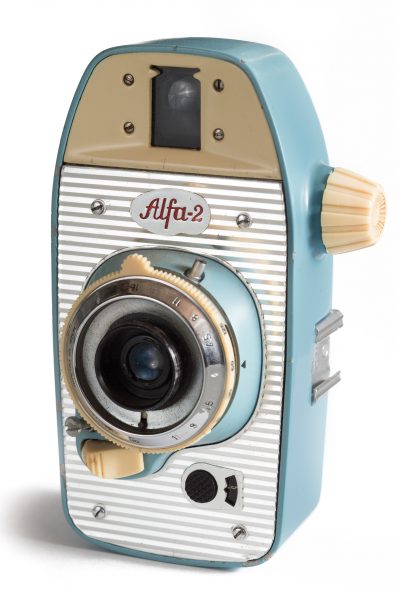Gandolfi precision
Picture an early field camera and a Gandolfi probably comes to mind.
Louis Gandolfi began his apprenticeship as a cabinet-maker the age of 12. As a teenager, he switched to making cameras, and by 21, knew enough to open his own camera-making business at 15A Kensington Place, Westminster. It was 1885, and George Eastman had just sold the first flexible roll of film, but Gandolfi stuck to what he knew: large-format glass-plate field cameras made of mahogany and brass, with black-leather bellows.
Gandolfi’s wife, Caroline, learned to lacquer brass and French-polish wood, and five of their six children worked in the business. He picked up government contracts to supply cameras to India and Malaysia, and produced special models on commission. Herbert Ponting took a custom-made Gandolfi to Antarctica to document Robert Falcon Scott’s ill-fated expedition. Harry Burton photographed the riches of Tutankhamun’s tomb with one in the 1920s, lugging glass plates in and out of the Valley of the Kings. A special lens was developed to photograph the inside of Queen Mary’s dolls’ house, a lavishly detailed creation made for the wife of King George V in 1924.
“Designed for all-around work, studio and outdoor,” read a Gandolfi advertisement in 1920. “Has double-swing reversible back, extra high rising front, square parallel best leather bellows. A half-plate will focus with rack and pinion from three-and-a-half to 20 inches. Slides are fixed in back of camera by bayonet joint and spring bolt. Best London workmanship and finish. Handmade throughout. Heavily built for trying climates.”
In 1928, the company needed larger premises, and expanded into a former hat-pin factory in Peckham Rye. Gandolfi handed over control to sons Arthur, Frederick and Thomas. He wouldn’t live to see them develop the most famous Gandolfi camera, the Precision, in 1938.
Harry Burton photographed the riches of Tutankhamun’s tomb with one in the 1920s, lugging glass plates in and out of the Valley of the Kings
The small-scale nature of the Gandolfi’s business worked against the brothers during World War II—they were forced to decline a contract to produce 1000 cameras for the British government because they didn’t have the production capacity—but business picked up afterwards. Gandolfi cameras were supplied to British prisons for mugshot purposes, while the 5 x 4-inch Precision model enjoyed popularity among photography schools. There was a waiting list of more than a year to acquire one in the late 60s and early 70s, partly because it was the cheapest model of its kind, and partly because the Gandolfi brothers were ageing and raw materials were becoming harder to source.
Arthur and Fred Gandolfi sold the business in 1982, just three years short of its 100-year anniversary, but the new owners continued to make cameras under the brothers’ specifications until the late 90s. (The current owner conducts repairs, but has ceased production).
Meanwhile, photographer Ken Griffiths had spent the previous two decades intermittently filming the brothers for a documentary, Gandolfi: Family Business, which was released in 1993—the year the last surviving Gandolfi brother, Arthur, passsed away.
Throughout the 70s and 80s, Griffiths had been using his Gandolfi for advertising shoots for British Vogue, and for photojournalism assignments in Angola, Beirut and Cambodia, and was fascinated by camera and the brothers’ craftsmanship.
While field cameras require a comparatively long time for an exposure—up to half a second in good light, says Griffiths, demanding poses are more considered than spontaneous—they also offer advantages. “People feel sorry for you, having to manhandle all this stuff—it’s not actually very heavy, but it’s big and awkward—and that tends to put them at ease for a portrait,” he says.
Second-hand Precisions still fetch a high price, thanks to their rarity and quality. Wrote Kevin Jackson in The Independent after Arthur Gandolfi’s death: “As Stradivarius to the violin, as Rolls-Royce to the automobile… so, certain photographic connoisseurs will tell you, Gandolfi to the camera.











